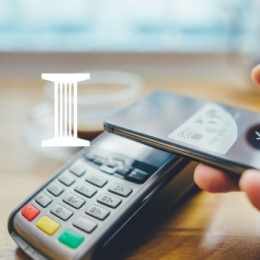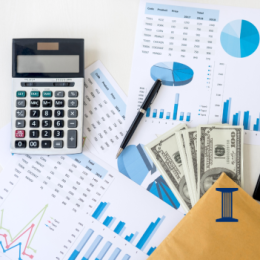
It's never too late to start to establish an emergency fund -- a fund specifically set aside to cover unexpected expenses. An emergency fund can serve as a financial buffer by providing peace of mind and stability during a time of crisis such as economic downturn or unforeseen events.An accessible savings account can make a significant difference in weathering financial challenges.
Wondering how to get started?
Assess Your Savings Needs
Determine the right amount for your emergency fund; it's personal. Begin by assessing monthly expenses like rent, utilities, groceries, transportation, insurance and other regular costs. Experts typically suggest saving enough to cover three to six months' worth of expenses. This buffer helps cover unexpected situations such as car repairs, medical bills or job loss, aiming to sustain your lifestyle without relaying on high-interest loans or credit cards.Establish Your Savings
Once you've determined your target amount, the next step is to establish a savings plan. Start with small, manageable contributions to avoid straining your budget. Setting up automatic transfers to a dedicated savings account can help make saving a habit. Choose an amount that fits comfortably within your budget, whether it's $20, $50 or $100 per month. As you adjust to this routine, you can gradually increase your contributions.Choose the Right Savings Vehicle
Selecting the best savings option for your emergency fund is crucial. Savings accounts provide easy access to funds. Money market accounts offer slightly higher interest rates and check-writing abilities and certificates of deposit (CDs) offer higher returns but require your money to be invested for a fixed period of time. Consider your liquidity needs, interest rates and potential fees so you can make an informed decision that meets your financial goals.Build Your Emergency Fund
Start by making manageable monthly contributions and automate transfers from your checking account for convenience. Gradually increase contributions as your financial situation improves. Celebrate milestones, like reaching savings goals, to maintain motivation. Regularly review and adjust your savings plan to ensure it meets your goals. Evaluate your plan to be sure it is adaptable to unforeseen circumstances that could arise especially if you anticipate an impending job change or a large purchase such as a home.Manage Your Emergency Fund
Effectively managing your emergency fund involves regularly monitoring its growth and ensuring it meets your financial safety net needs. Keep a clear list of what qualifies as an emergency to avoid unnecessary withdrawals, and periodically review your budget to ensure it aligns with your current financial situation.This message is provided for informational purposes only by Iowa State Bank in partnership with the Iowa Bankers Association. Got savings questions? See your personal banker.
Consumer Tips General Retirement
August 20, 2025 by Iowa State Bank









